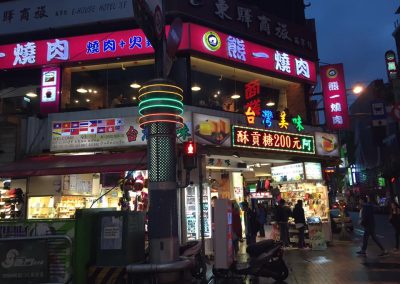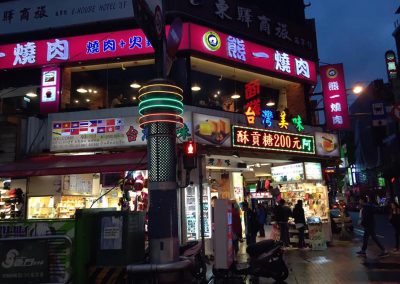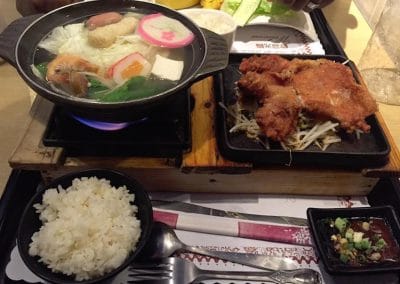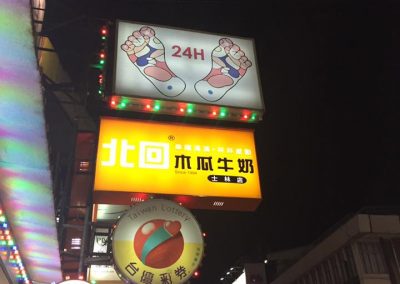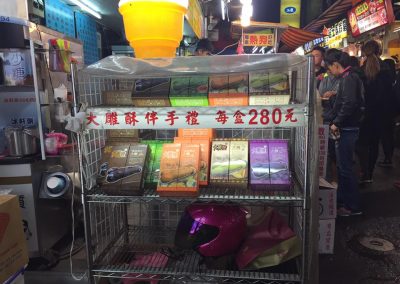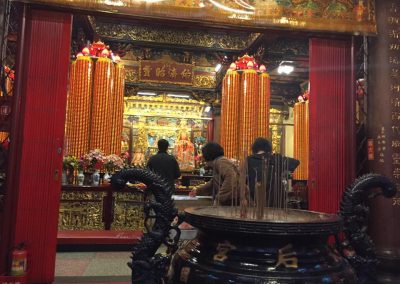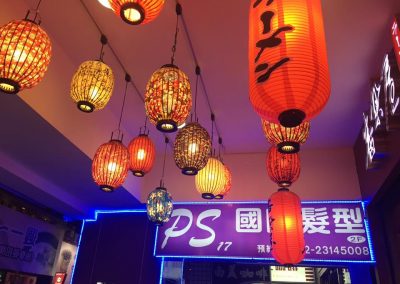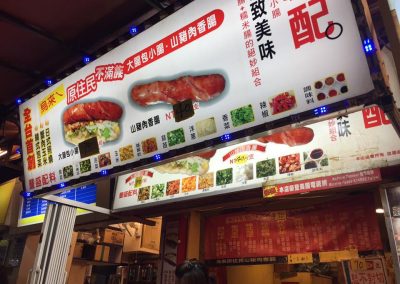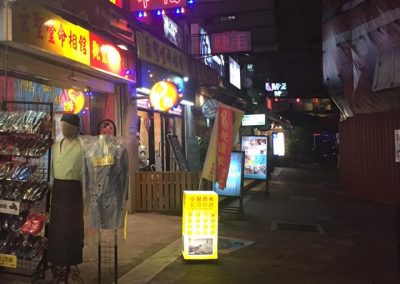 Taiwan. Even if you don’t know much about the country, you’ve almost certainly heard of it, and I’d be willing to bet my breakfast that you own at least one product made in Taiwan. Taiwan’s capital city is Taipei, and to talk about it in one post would not do it justice, so let’s focus on one of its most famous aspects; the night markets.
Taiwan. Even if you don’t know much about the country, you’ve almost certainly heard of it, and I’d be willing to bet my breakfast that you own at least one product made in Taiwan. Taiwan’s capital city is Taipei, and to talk about it in one post would not do it justice, so let’s focus on one of its most famous aspects; the night markets.
Taipei is awash with night markets, the biggest being Shilin and Nigxia, which are of course hugely popular with visitors, and are often packed out. I visited Shilin, an easy walk from Jiantan subway station (there’s a stop at Shilin, but it’s further to walk. Jiantan brings you right into the heart). Shilin has plenty to offer; food, shops, and 24 hour reflexology parlours (more on these a little later), it’s a haze of neon and pushy vendors. Despite the hustle and bustle, it actually feels pretty safe, though I highly recommend keeping an eye on valuables as it would be very easy for a pickpocket to take advantage. If you’re looking for fine dining and peace, this is not the place for you. However, if you want something more substantial than street food, there are cafes dotted around serving traditional Taiwanese food and a seat to enjoy it on. Coffee Story has a great range of comfort food, including a sizeable hotpot (a soup-like dish consisting of a pork broth, vegetables, meat, and seafood) that’s served on its own stove. Make sure long hair is tied back! 
Another night market I visited, and by far my favourite, was Ximending. Another neon dream, except interspersed with eateries, up-market shops, and with massage and reflexology parlours on virtually every corner, you can’t turn anywhere without something to do! Whilst we’re on the subject, let’s talk about massage and reflexology. Most places are 24 hours, or open specifically at night to coincide with the markets, and offer a range of services. The most popular is a foot massage, or reflexology. It’s said in Chinese culture to help with a number of ailments, and align things in your psyche that may be out of whack. Whilst I’m skeptical of all this, it did sound like a nice treat for my achy feet! It’s really quite the experience. You pay for a set amount of time, usually 20 to 60 minutes, then sit back, relax (ha!), and let the masseur do her thing. They set a little timer and show you it, so you know how long you have. After a relaxing soak in hot water, it’s time for the massage. No exaggeration, it felt like torture! Thumbs felt like steel balls, and at one point she actually started punching my calves! It was the longest 40 minutes of my life, but it was also an interesting experience. For 500NT (about US $15.00) it wasn’t a bad price, and some of the soreness did go. I’d recommend it if you’re in good health, though maybe not suitable for pregnant ladies, diabetics, and people with heart conditions. 
Moving on from the reflexology and into the rest of Ximending, there’s food vendors aplenty. The street food is varied and incredible, from fried quail eggs on a stick to flame grilled steak (literally, they use what looks like a mini flame thrower!), you will be spoilt for choice. My favourite was the hot dogs, which you could have spicy or non, and came cocooned in a tasty rice bun. The flavour was amazing, so much packed into something so small. Thirsty? Wash it down with a famous tapioca bubble drink or a colourful fruit juice, the latter of which comes in a handy re-useable flask. Keep an eye out for some of the more interesting snacks too, particularly the pineapple cake, which comes in a phallic shape… 
Shops sell pretty much anything you could wish for, as well as things you don’t. Clothes and accessories are popular wares, and most are ridiculously cheap in comparison to Western prices. Some of it probably won’t last you all that long, but some is of surprisingly good quality. Other things you’ll find are souvenirs, pet supplies, jewellery, shoes, and toys. There are also “adult” shops; you can probably imagine the type of things they have on offer.
Aside from shops, food, and massages, another thing you can see hidden within Ximending’s folds is a Buddhist temple. Wafts of incense will entice you in, pulling you briefly from the chaos. It’s not open all night, but if you arrive in the early evening, you should still get the chance to walk round. The architecture is atypical of Chinese Buddhist temples; it’s ornate and delicate. Statues stand watch from all sides, there’s a small koi pond filled with foliage and presided over by an elephant statue, and it’s usually vibrant with worshippers. Everyone is welcome to visit, just be respectful of people that are praying.
Night markets are very easy to get to. The best way to get round is to use Taiwan’s excellent Metro system. Here’s the most convenient stops for 5 of the best markets:
Shilin: Jiantan.
Ximending: Ximen.
Raohe (Taipei’s oldest night market): Songshan.
Ningxia: Zhongshan or Shuangling (it’s about equal distance from both).
Huaxi (once Taipei’s longest market): Longshan Temple.
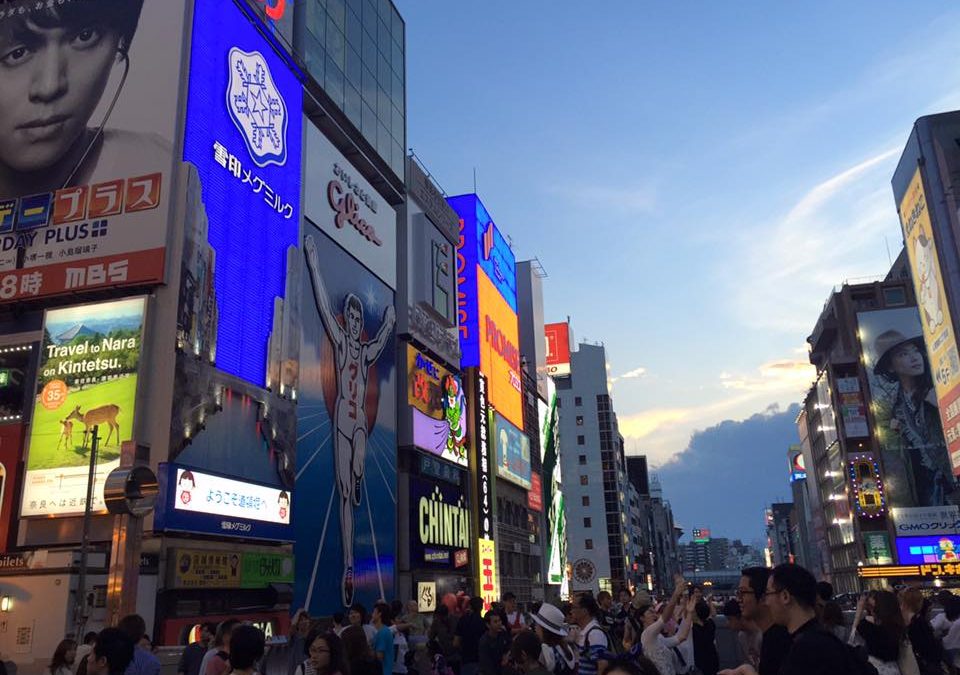



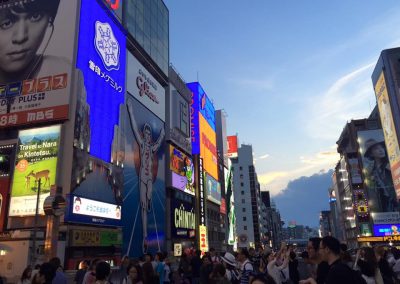
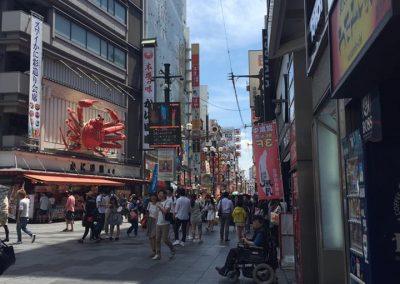
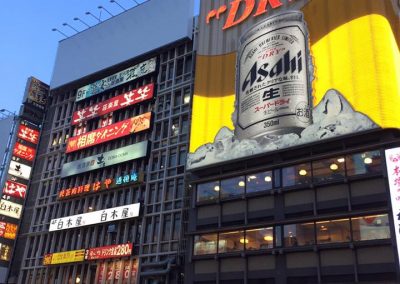
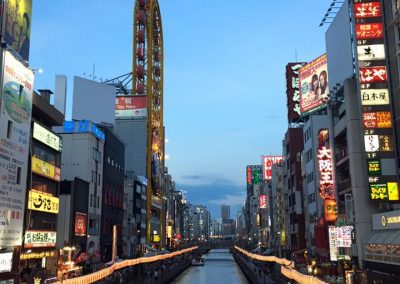
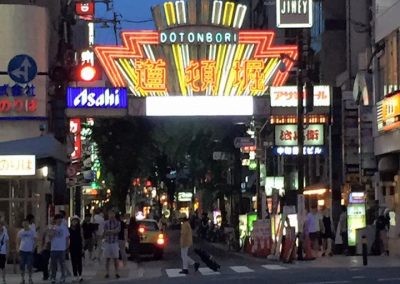
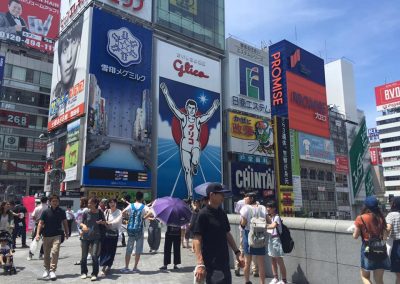

 Taiwan. Even if you don’t know much about the country, you’ve almost certainly heard of it, and I’d be willing to bet my breakfast that you own at least one product made in Taiwan. Taiwan’s capital city is Taipei, and to talk about it in one post would not do it justice, so let’s focus on one of its most famous aspects; the night markets.
Taiwan. Even if you don’t know much about the country, you’ve almost certainly heard of it, and I’d be willing to bet my breakfast that you own at least one product made in Taiwan. Taiwan’s capital city is Taipei, and to talk about it in one post would not do it justice, so let’s focus on one of its most famous aspects; the night markets.



